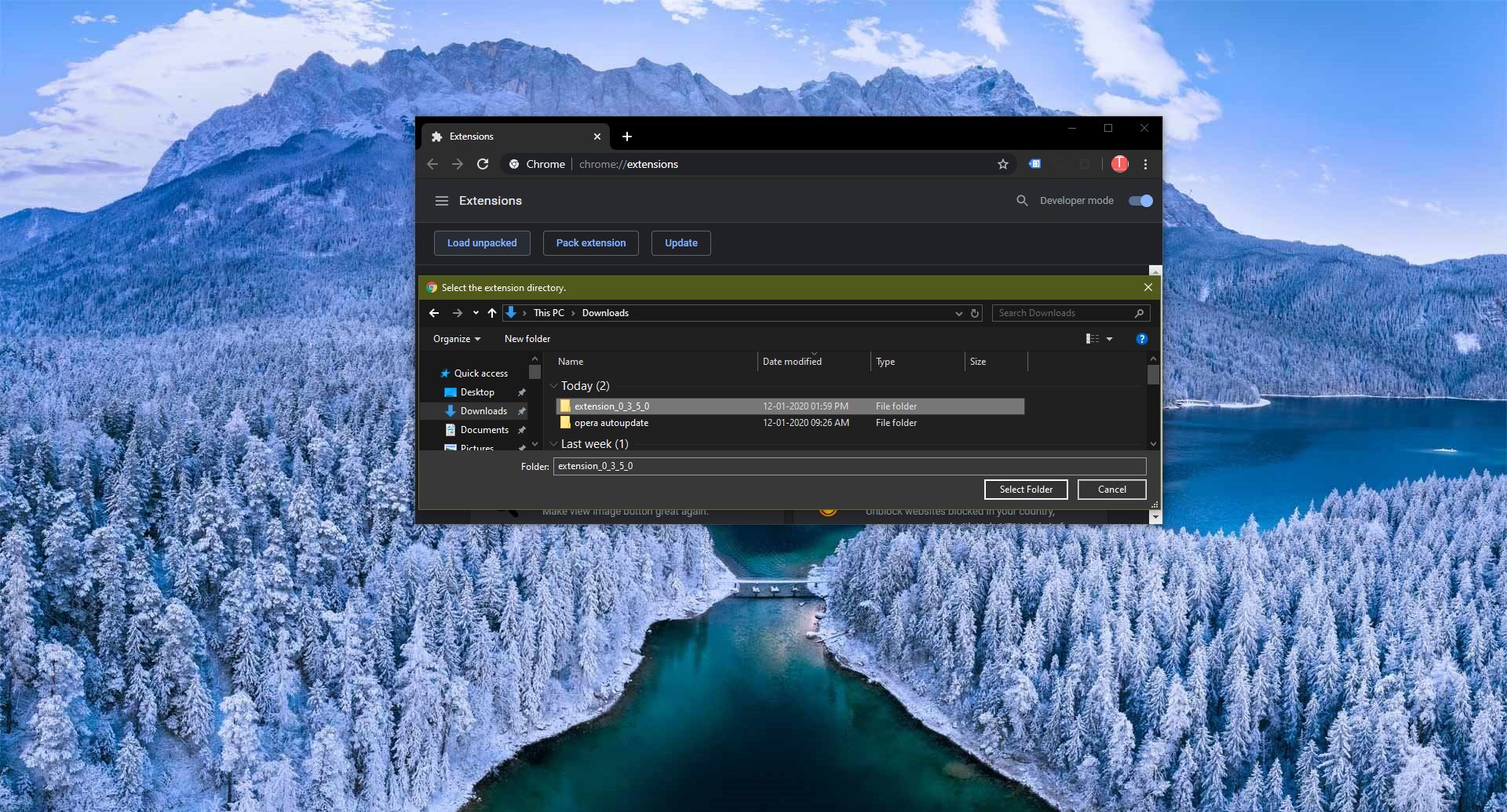

- #Custom chrome crx file hosting howto how to
- #Custom chrome crx file hosting howto install
- #Custom chrome crx file hosting howto update
- #Custom chrome crx file hosting howto download
- #Custom chrome crx file hosting howto windows

#Custom chrome crx file hosting howto install
Define the ‘Configure extension, app, and user script install source’ policy.

Add a new entry in the following format: extensionid For our example above, enter verbatim aaaaaaaaafgjeglblehebfpbcfeobpgk.Define the ‘Configure the list of force-installed apps and extensions’ policy.Either at a Computer or User level, navigate to Adminstrative Templates -> Google -> Google Chrome -> Extensions.Either from a computer with the Group Policy Management Tools installed (or, if you’re feeling lucky, a Domain Controller), open Group Policy Management and create a new Group Policy Object.This is outside the scope of this article, however between this article from Google and this article from Microsoft you should be able to figure it out. If you haven’t already, you will need to have imported the Google Chrome ADMX files into your directory. Instead, you will need to ask your administrators to do the below. Note: if you are not an Active Directory Administrator then the following steps are irrelevant. I thought that Chrome might be able to magically figure out the latest version, but it can’t. įor each future revision of your extension, simply replace the element with the latest version of your extension.
#Custom chrome crx file hosting howto update
Technically you could have several extensions pointing at the same update file, but for simplicity’s sake we’re going to use one file for one extension.
#Custom chrome crx file hosting howto download
Regardless, your Update.xml file instructs Chrome where to download updates to your extension from.
#Custom chrome crx file hosting howto how to
Using documentation from Google, I was able to figure out how to make it work.

Preparing your Extension for distribution
#Custom chrome crx file hosting howto windows
Indeed, on macOS and non-Active Directory domain-joined Windows computers, it is not possible (as far as I am aware) to install a CRX file from anywhere except the Chrome Store. In earlier versions of Chrome, this was not required and one could install any CRX file by just dragging it into the browser, however this is not the case any more. When cryptographically signed and packaged into a CRX file, they generate a unique ‘Extension ID’ along the lines of ghbmnnjooekpmoecnnnilnnbdlolhkhi.īy default, Chrome will only permit installation of extensions that have been cryptographically signed by Google, and the only way to get signed by Google is to submit to the Chrome Store. Your mileage may vary! A little bit more about Chrome ExtensionsĬhrome Extensions are, at their core, a manifest.json file that is packaged into a CRX file. Note: this was tested against Google Chrome 76 version.


 0 kommentar(er)
0 kommentar(er)
